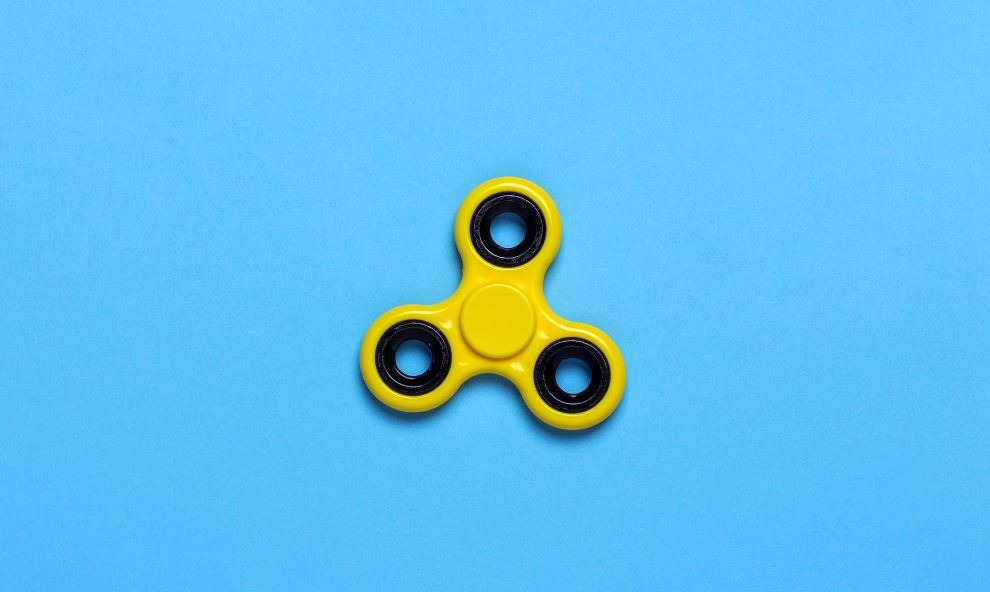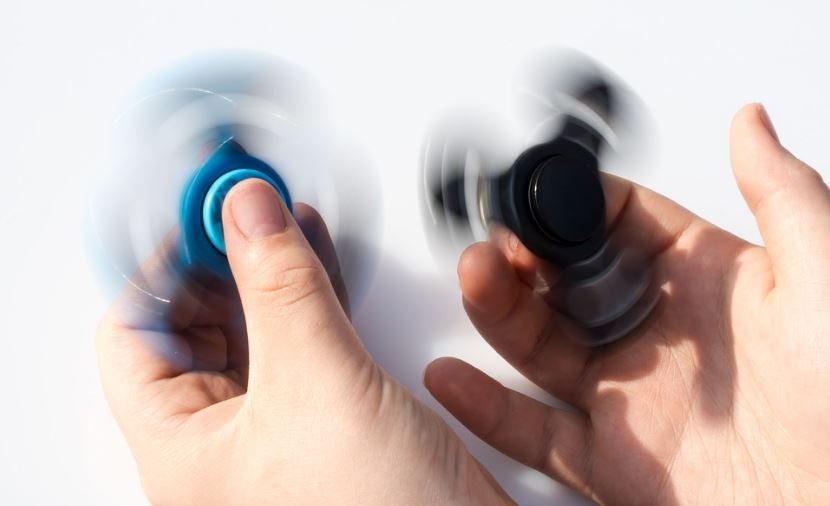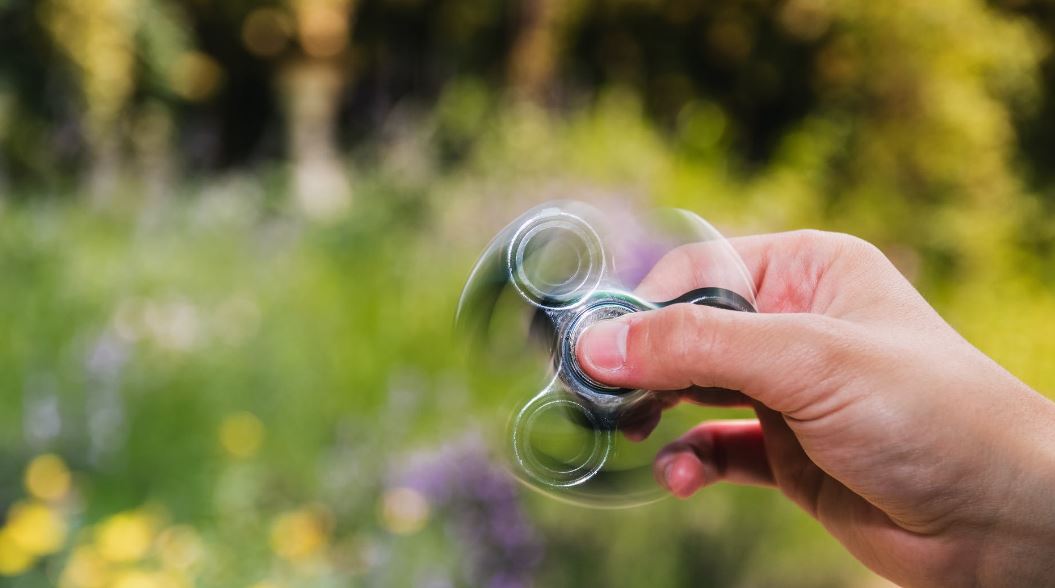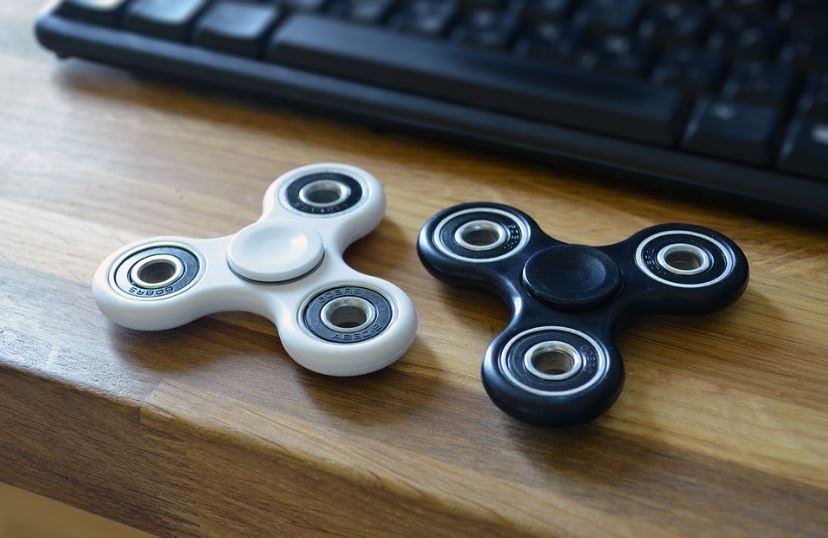Chances are you’ve also played fidget spinners, the toy craze that received massive hype and success in 2017. Though they’ve only peaked a short period, these catchy devices remain as one of Amazon’s best-selling toys with even more variety in color, sizes, and styles available despite passing their primetime. Marketed as a toy for relieving stress and anxiety, they continue to grow steadily globally, making anyone think that fidget spinners’ inventor reaped lots of money for its sales. However, that’s not the case, as the history of the toy’s invention has also been a whirl. Here, let’s know more about the persons credited behind the creation of fidget spinners.
The Invention of the Fidget Spinner
Catherine Hettinger has been primarily associated by many publications for the invention of fidget spinners. Over two decades before the craze, she filed a patent for “a spinning toy” in 1993. As the registration says, it was a toy device with a central-dome structure plus a skirt utilized as a spinning toy to be spun on the finger, aiming to provide entertainment and enjoyment for both kids and adults.
Her idea of creating the toy came up after visiting Israel and hearing about young boys hurling stones at police officers and passersby. Possessing an inventor’s mind, Hettinger started thinking of a toy that could distract children and be soothing.
She initially thought of creating soft rock kids could throw. Later on, she eventually parked the idea but was still on the search for other options. After returning home to Orlando, Florida, Hettinger finally developed the idea for the original design of the fidget spinner, while spinning differently, had many similarities to the toy that became a fad in 2017.
Her patent for the spinning toy was approved in 1997. She visited fairs all-around Florida and claimed to have sold thousands of the device, but no craze has actually taken off. An inventor of many other knick-knacks, she reached out to various toy manufacturers for wider distribution.
Hettinger cited that before her booked meeting with the vice-president of multinational toy conglomerate and the world’s third-largest toymaker Hasbro, the fidget spinner helped her calm her nerves, which was the purpose the product was actually intended to.
Sadly, after some consumer testing, Hasbro did not see any value and denied her spinning toy. Today, Hasbro is selling fidget spinners, two decades after it decided not to pick up Hettinger’s design.
Due to the spinning toy’s unpopularity and dismal turnouts, Hettinger couldn’t afford to pay her renewal fees for the patent and let her trademark pass in 2005. Would she had paid it then, Hettinger wouldn’t still be able to reap profits from the spinning toy as the fad began in 2017. As her patent was approved under the old US patent law, which only grants a patent for a 17-year term, the device would have been over its exclusive protection.
Moreover, her invention of the fidget spinner is also dubious. After scrutinizing her registered patent, it was found that her design wasn’t close to the modern fidget spinners that swooped shelves in 2017. It was different in shape and materials, and appeared more like a Frisbee, sans the long arms these toys have today.
After seeing the popularity of fidget spinners, Hettinger started a campaign on Kickstarter to collect funds for the sale of her original spinning toy. As she abandoned her original patent, she lost all her claims for profits nor revoked her rights to continue any projects that would breach other existing patents.
What this tells any inventor is to hold on to one’s intellectual property rights and pay all the fees until the end of the terms’ life. With the rapid changes in the economy and trends today, you’ll never know when your simple invention might hit the jackpot and make money.
Of course, the maintenance fees are nothing compared to all the time, money, and effort you’ve already invested in the product. If it’s not yet financially breaking through, you can always seek support from marketing and advertising agencies to help boost your invention. You should only jilt any patent within its life’s term only for the most out-of-the-ordinary reasons.
Yet, in her later interviews, Hettinger agreed that she didn’t invent the fidget spinner. The first true spinner was said to be inspired by the Torqbar created by Scott McCoskery. In 2013, the IT guy devised a rectangular spinning toy powered by ball bearings. MsCoskery said that he often found himself either bored or distracted during conference calls and meetings. Thus, he usually looked for something like a clicking pen to get through.
Thinking that many other workers experience the same situation, he marketed the Torqbar as a toy ideal for people who were having a difficult time finding boredom at work. Made of titanium, stainless steel, and brass, the Torqbar was an exquisite toy that came with a higher price tag. Despite such, the demand for the toy was high in 2015, leading it to be tagged by Forbes Magazine as a must-have office toy.
When sales for Torqbar skyrocketed, other toy manufacturers took notice of the craze in 2016, which was Torqbar was still selling at a relatively high cost. With McCoskery’s patent not approved yet, anyone could make them. This allowed other companies to devise their own fidget spinners and cheap knock-offs.
Factories in China particularly had the means for mass production, with medium-sized ones able to produce tens of thousands of fidget spinners a day at super low cost. Thus, it eventually led to the proliferation of fidget spinners virtually anywhere in 2017, from toy stores to drugstores and convenience stores. Needless to say, people loved something popular that they could get and experience at a low price.
Final Spin
Today, no one still holds a patent for the fidget spinner, which enables the creation of a version of the famous spinning toy without suffering from any legal repercussions. While the true inventor of the fidget spinner also seems hazy, there’s no doubt that the cool gadget became a fad and made the world “fidgeting” and “spinning” during its heyday.




